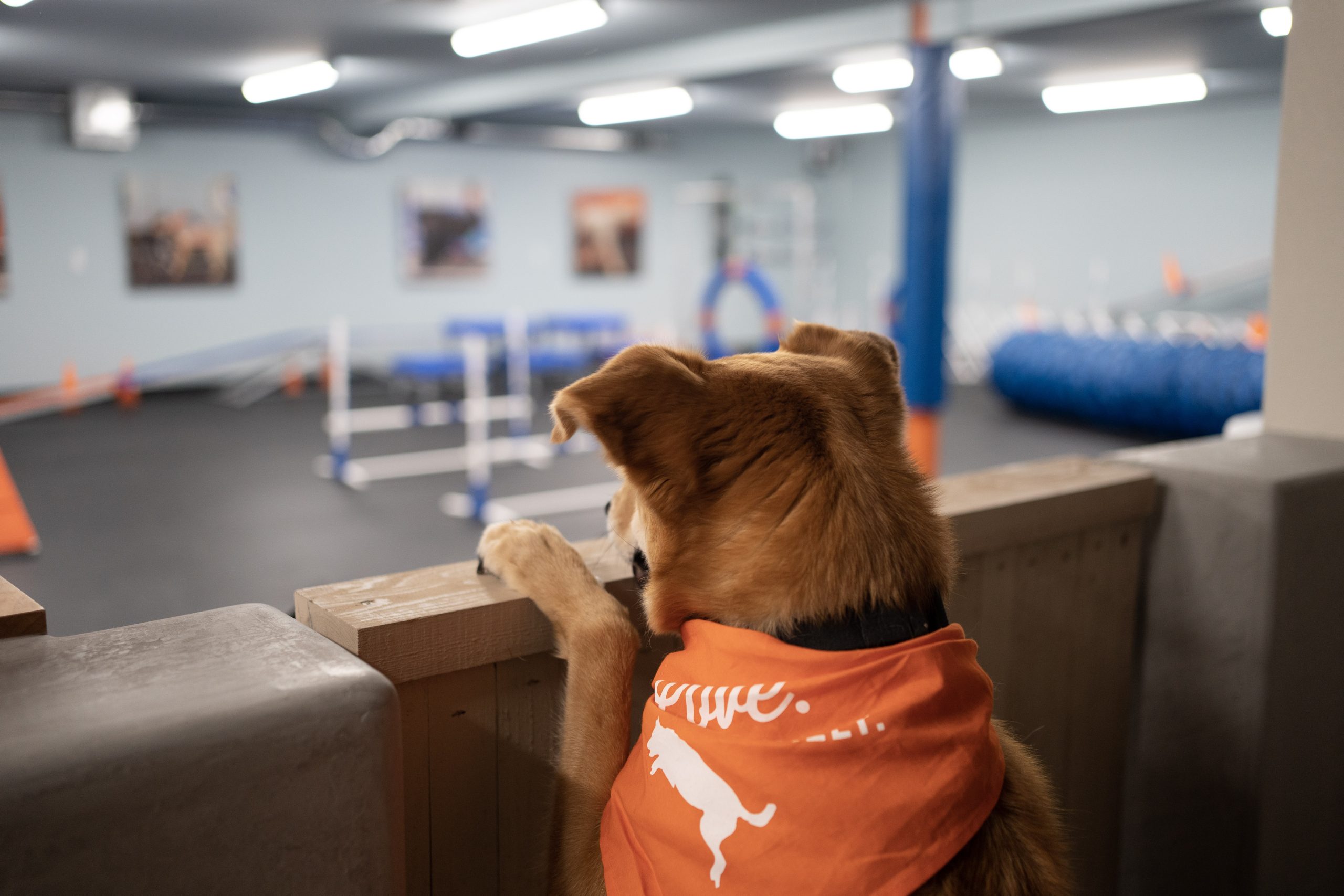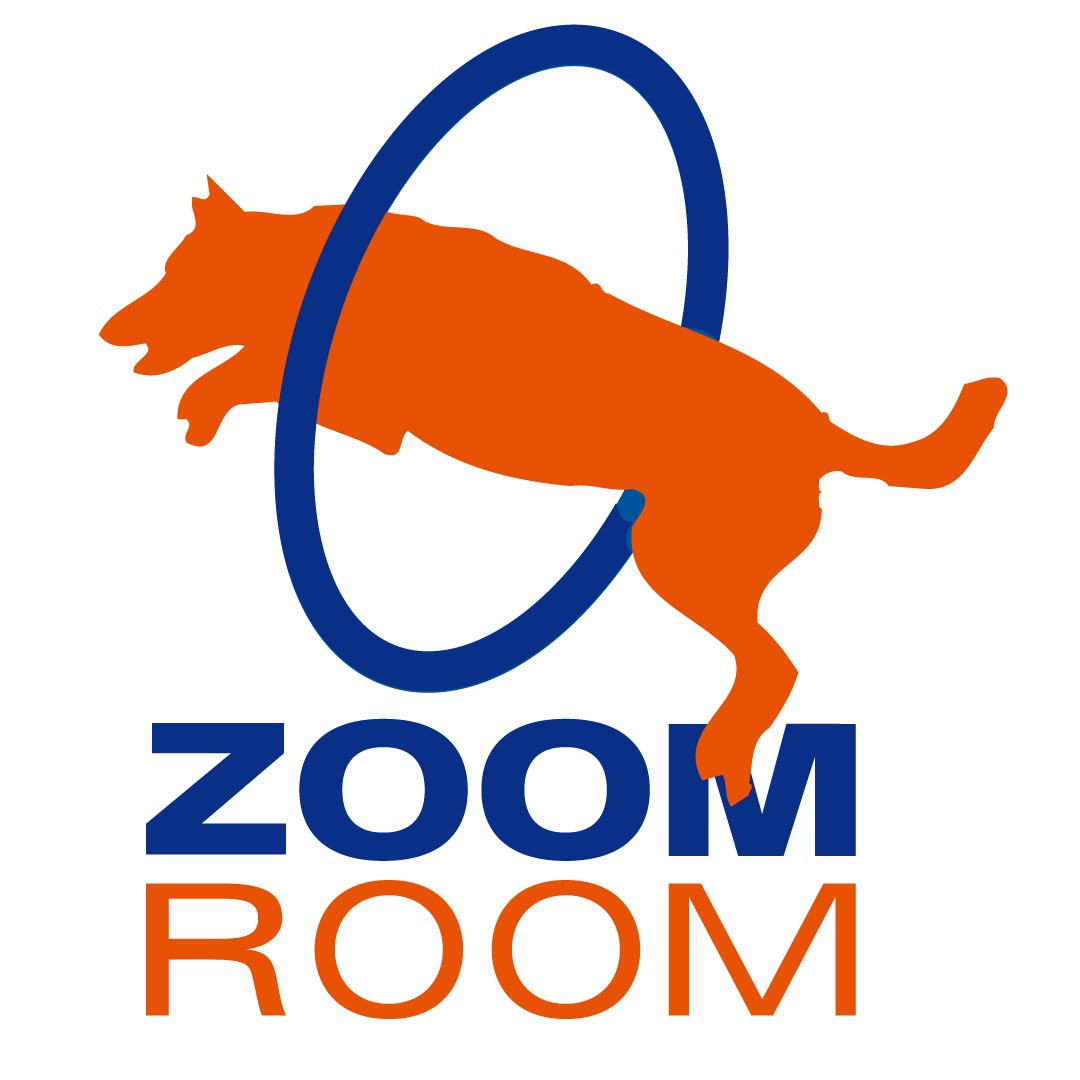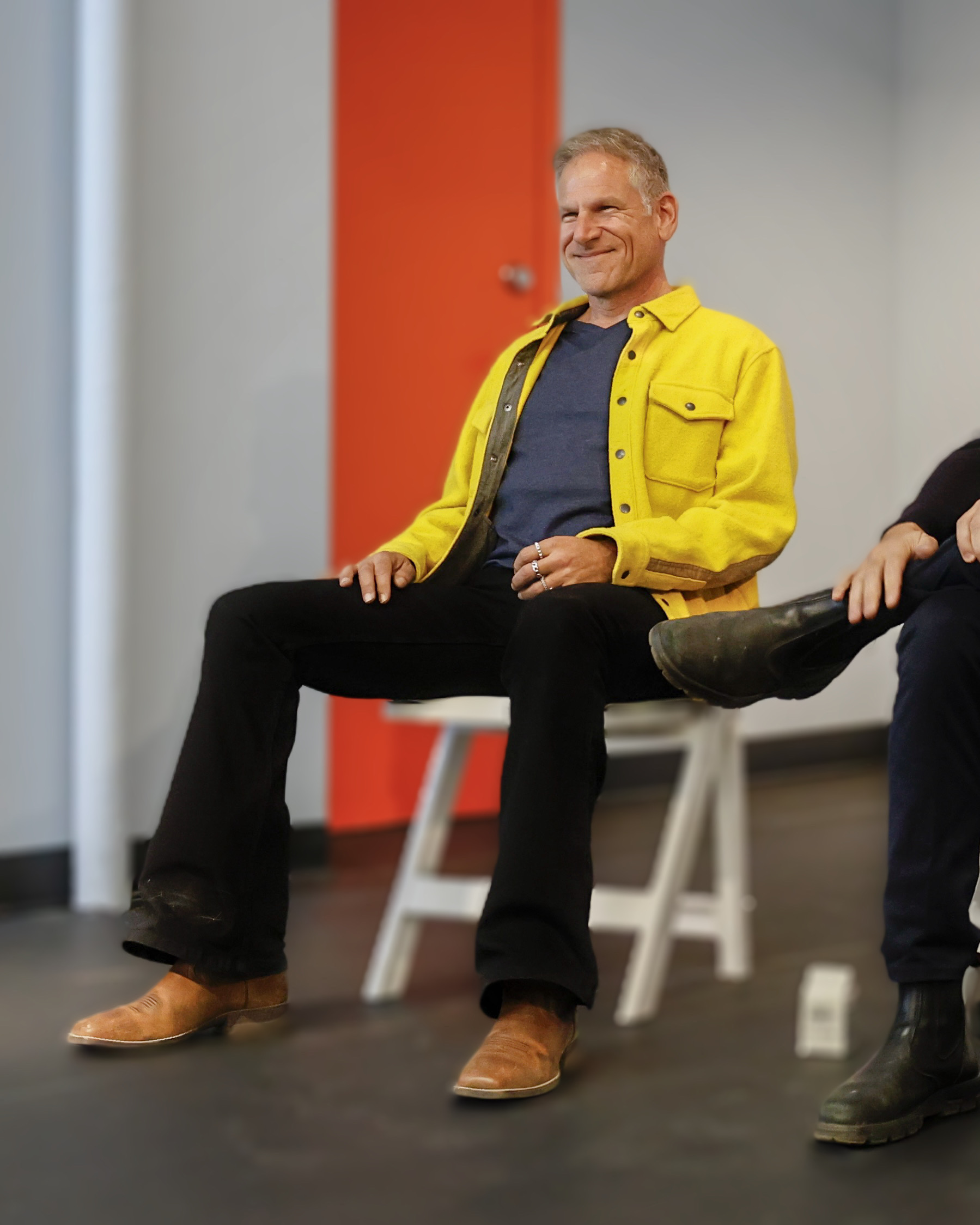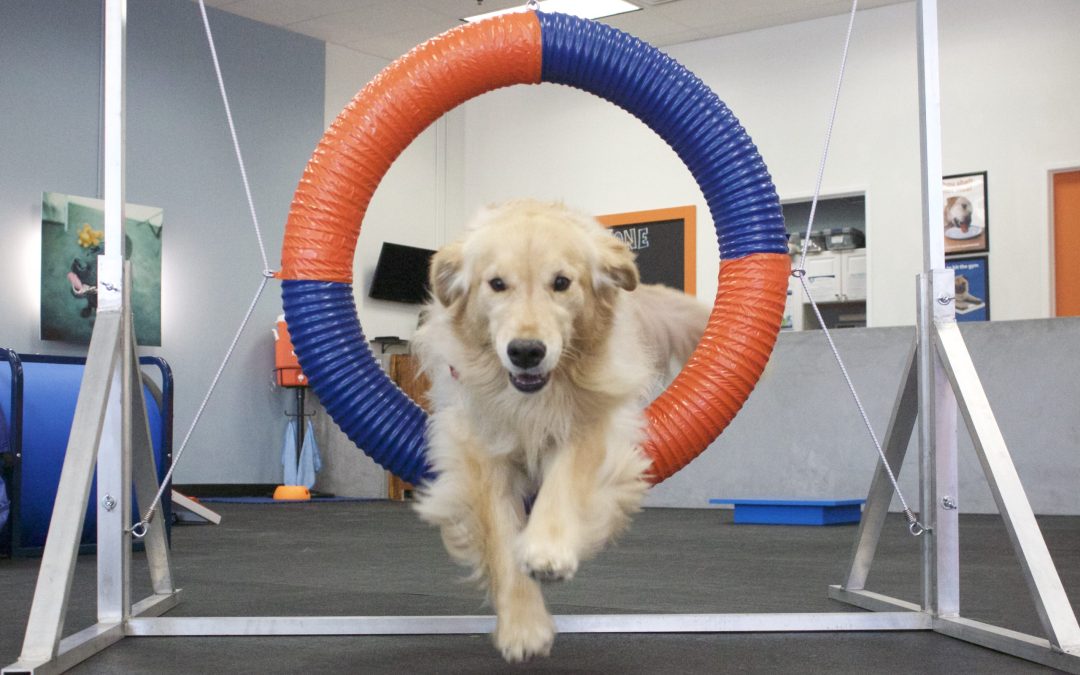How service franchisors can evolve traditional models to scale profitably—even as labor costs rise—by rethinking service delivery, diversifying revenue, and leveraging technology.
If you’re a franchisor in a labor-intensive service business, you’ve likely felt it: rising wages outpacing your ability to increase prices, higher customer expectations, and persistent inflation. What you’re experiencing isn’t noise – it’s Baumol’s cost disease, meaning the economic reality that service industries see labor costs climb faster than productivity, squeezing margins.
On paper, franchised service businesses should be equally vulnerable. After all, you can’t automate a haircut. A fitness class doesn’t benefit from Moore’s Law. And dog training? It’s practically the definition of high-touch, low-leverage work.
Except it doesn’t have to be.
There are three powerful strategies that allow service franchises not only to blunt Baumol’s predictions, but to thrive as they scale. Each revolves around a shift from thinking of service as strictly linear, time-for-money, to reengineering the business model for leverage, durability, and margin.

- Rethink Service Delivery
The most immediate lever is to rethink the delivery model. A traditional service business often pairs one provider with one customer: a private lesson, a massage, a tutoring session. But if that same provider can lead a small group, without diminishing the value, suddenly productivity rises.
This shift is not about cutting corners. Done well, one-to-many service delivery increases outcomes, deepens engagement, and creates community. Consider a yoga instructor who teaches a class of 12 instead of a single client. Or a dog trainer guiding a group of eight owners through real-time socialization exercises. The hourly revenue skyrockets without increasing the provider’s hours.
Of course, not all services lend themselves to this model. But for those that can, this design shift is transformative, particularly in a franchising context, where uniform class structures, scheduling systems, and training protocols allow for repeatable excellence at scale.
- Diversify Revenue Streams
The second strategy is structural diversification. A service business that relies solely on appointments is especially vulnerable to cost compression. But pairing services with product, ideally high-margin, high-turnover product, changes the game.
Retail is often treated as an afterthought in service franchises, but it shouldn’t be. Smart merchandising, solution-based product curation, and embedded selling opportunities can add 20–40% to ticket size without adding labor hours. Even better, retail sales aren’t bound by time in the same way service delivery is.
At Zoom Room, retail isn’t a bolt-on, it’s integrated into the customer journey. Whether it’s training tools, enrichment products, or consumables like treats, we’ve found that the customer who stays for a class is also primed to buy, if what’s offered feels relevant and recommended. The right retail mix can function as margin insurance in an otherwise time-bound business.
- Strategic Tech Substitution
The third strategy is the most misunderstood: using technology not to replace human service, but to concentrate it on where it matters most.
AI, automation, and self-service tools should be deployed to handle tasks where the human touch isn’t valued: scheduling, follow-ups, basic FAQs, internal training, onboarding flows, even performance tracking. This doesn’t dehumanize the business. It elevates the human role by freeing staff to focus on coaching, connection, and client care.
Crucially, this approach can scale across locations, reducing the overhead and variability that often plague franchise systems. It also enables better data collection and decision-making, which is a force multiplier as the system grows.
The point isn’t to become a tech company. It’s to run a better service company, one where your team spends their time on what people actually pay for, and everything else happens seamlessly in the background.

Final Thoughts
Too many franchise systems mistake brand expansion for scale. They open more units, but each unit carries the same labor burden, the same margin stress, the same dependency on hero operators. True scale means that each new location makes the system stronger, by contributing data, reducing cost per hire, increasing buying power, and benefiting from a feedback loop that accelerates with density.
Baumol’s disease predicts doom for service businesses that grow without changing. But franchisors are not powerless. By embedding group-based service models, diversifying revenue through thoughtful retail, and using tech to protect labor, service brands can defy the gravity of rising costs and actually improve margins as they scale.
That’s not just good economics. It’s good franchising.
 Mark Van Wye is the CEO of Zoom Room, the premier dog training franchise, and author of the #1 bestselling book, Puppy Training in 7 Easy Steps. A lifelong builder of scalable learning platforms, he has spent his career designing spaces, both physical and digital, that scale without losing their human edge.
Mark Van Wye is the CEO of Zoom Room, the premier dog training franchise, and author of the #1 bestselling book, Puppy Training in 7 Easy Steps. A lifelong builder of scalable learning platforms, he has spent his career designing spaces, both physical and digital, that scale without losing their human edge.


